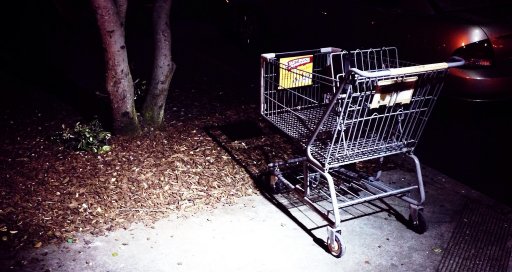
Shopping Cart Abandonment (I)
05 Jun 2016 » AAM , Analytics Tips
Have you ever received a request to track and detect online shopping cart abandonments in real time? If you have, then you are not alone. This is a typical request we get from our clients and I have seen too many times. The theory is very simple: if we can detect that a user has added something to the basket but has not purchased it, then we need to persuade him to finish the process. However, the reality is more complicated than just that. Let me explain what I usually discuss with my customers and what options do we have.
Definition of cart abandonment
When we are in a brick-and-mortar shop, the concept of cart abandonment is very simple to detect: a person enters a shop, adds something to the trolley and walks away without purchasing the products (and not carrying the goods with him). The key here is the moment the person leaves the shop empty-handed, as this is something we can visually see and we can also see the intention of leaving.
Now, if we translate it to the online world, the situation is much more complicated: when should we consider that a user has no intention of purchasing a product he has added to the basket? Recently I heard that a client wanted to send an email after just 15 minutes. But there is still another question to ask: what is the last action that should be considered as showing intention to buy, after which we should start counting time? Typical actions are: the last add-to-basket, the last cart view, the last page view… It is not the same 1h after the last add-to-basket event than 1h after the last page view. In any case, there is no unified definition of what is a cart abandonment.
It is also important to mention that browsers do not give provide any indication to websites of when the user is closing the tab or the browser or navigating away to a completely different website.
The fine line between stalking and re-marketing
When a customer suggests a very short period of time, I explain the following story. A visitor starts browsing a website, finds something he likes and adds it to the basket; then he has to go somewhere, but still has the intention of purchasing, it is just that he cannot finish now or needs some more time to think about the purchase. Should this visitor be part of the re-marketing segment?
From my point of view, the risk of setting a too short period of time is that it can be considered stalking. We all accept to receive a reminder 24h later, but, will all of us feel comfortable with an email just 15 minutes after we stopped the purchase process? I am sure some people will feel like the website owner is watching them through a pinhole.
Personally, I prefer to be on the safe side and leave a generous amount of time. However, I have received some evidence, which shows that the highest conversion is achieved if the email is sent within the following two hours.
In conclusion, before embarking in a re-marketing campaign for abandoned baskets, you need to think carefully about all the previous details I have mentioned and probably more. You do not want to send a re-marketing email to a visitor who is still in the process of purchasing and you might not want to be too aggressive and scare away your customers.
What has been your experience with re-marketing campaigns? Any good examples where you found the right combination of parameters?
In my next post, I will talk about the options Adobe offers to create a cart abandonment segment.